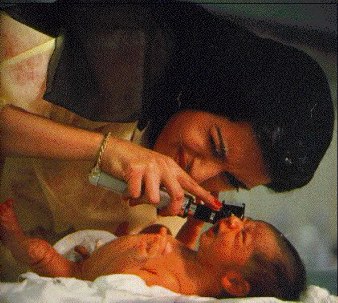Stressors I experienced as a child were through natural disasters of tornados and flooding. As a child, I lived in a small rural town. I remember one Spring our town and the surrounding smaller towns experienced flooding. I remember our family letting other people affected the most by the flooding stay at our house. My family also helped fill bags full of sand and deliver them to places close to the rising rivers. I do not remember feeling scared about the flooding, but feeling a sense of excitement and urgency.
Another natural disaster I experienced as a child was a tornado going through our small town. I remember feeling scared during the time the tornado went through as we waited with a flashlight in our basement for the tornado to pass. We were fortuneate that the only damage our house receieved was one of our trees falling into a side of the house and busting an upstairs window. I believe I coped with these stressors well because I had the support of my family and the community of people who reached out to help and work together.
I would like to learn more about stressors affecting European countries, such as noise. I learned the European Commission, which governs the European Union (E.U.), considers living near an airport to be a risk factor for coronary heart disease and stroke, as increased blood pressure from noise pollution can trigger these more serious maladies. The E.U. estimates that about 80 million people are exposed to airport noise levels and considers this to be unhealthy and unacceptable. In addition, airport noise can also have negative effects on children’s health and development. A study examining the impact of airport noise on children’s health found higher blood pressure in kids living near Los Angeles’ LAX airport than in those living farther away. Moreover, a 1995 German study found a link between chronic noise exposure at Munich’s International Airport and elevated nervous system activity and cardiovascular levels in children living nearby. And a 2005 study published in the prestigious British medical journal, The Lancet, found that kids living near airports in Britain, Holland and Spain lagged behind their classmates in reading by two months for every five decibel increase above average noise levels in their surroundings. The study also associated aircraft noise with lowered reading comprehension, even after socio-economic differences were considered. The best efforts made to reduce this pollution is to limit airport expansions and campaigns are done to educate the public on this issue.
(What are the Health..., 2013)
Reference
